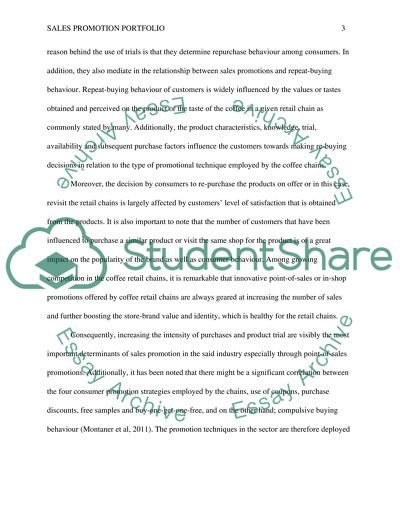Cite this document
(“Sales promotion and Management Essay Example | Topics and Well Written Essays - 2500 words”, n.d.)
Retrieved from https://studentshare.org/marketing/1617087-sales-promotion-and-management
Retrieved from https://studentshare.org/marketing/1617087-sales-promotion-and-management
(Sales Promotion and Management Essay Example | Topics and Well Written Essays - 2500 Words)
https://studentshare.org/marketing/1617087-sales-promotion-and-management.
https://studentshare.org/marketing/1617087-sales-promotion-and-management.
“Sales Promotion and Management Essay Example | Topics and Well Written Essays - 2500 Words”, n.d. https://studentshare.org/marketing/1617087-sales-promotion-and-management.


